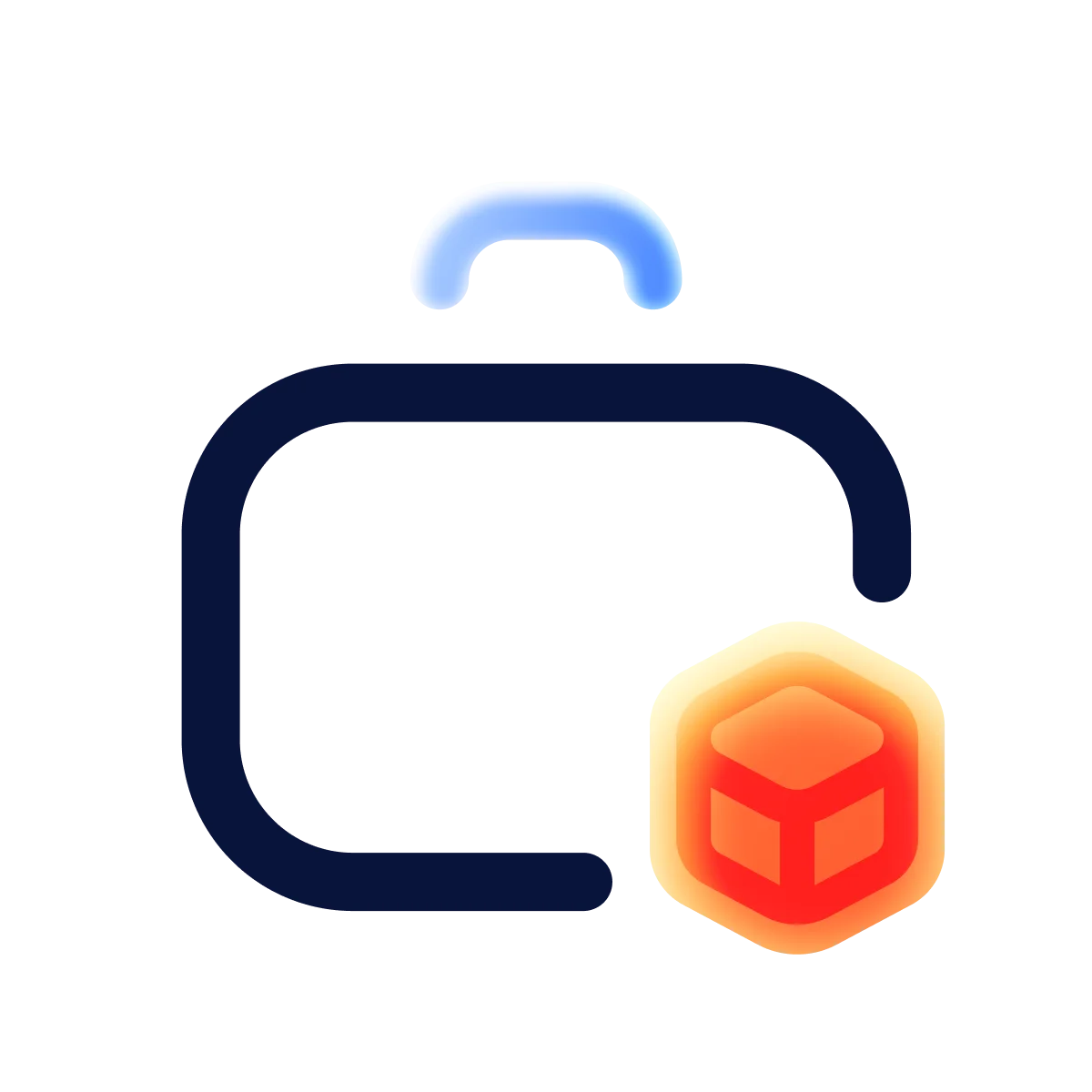These days the web development crowd is getting more and more into the Single-Page Application. No wonder that user-friendly SPA is taking over, slowly setting aside multi-page ones: current tech trends create a nurturing environment for a simpler web design approach.
The cloud applications industry is briskly expanding: the market is predicted to get as far as $947.3 billion by 2026. A significant factor is mobile devices taking over: mobile devices generate more than 50% of all traffic.
Does this mean multiple-page applications are less suitable for the current market trends? Not quite. First of all, it is important to know the difference of single page application vs multi page application. Despite the rising popularity of the SPA approach, one should be mindful of its limitations. Overall, both SPA and MPA have their advantages and disadvantages: it would be rather unprofessional to state that one is better than the other.
This article will untangle all the confusion surrounding the single page application vs multi page application choice. Firstly, we will analyze each approach on its own. Secondly, we will compare the two approaches and identify when it is best to use each.
Do you want to make sense of the difference between MPA and SPA once and for all? Let's go!

What is a Single Page Application?
SPA is, well, a single page that performs within a browser. JavaScript allows developers and users to create and manipulate the elements (e.g., buttons, forms, images, etc.) on this page.
What are the examples of SPA? Whether you are busy working or simply procrastinating scrolling your screen, you use a single-page application every day. We are pretty sure you encounter at least one of these every day: Facebook, Twitter, as well as Gmail, Google Maps, and Google Drive.
Does this make SPA a universal, jack-of-all-trades web design approach? Let’s take a look at what business trajectory fits SPA best.
First and foremost, SPA is suitable for applications where many elements change dynamically on one screen. For instance, dashboards. One of the best examples is probably Google Analytics. This instrument for visualization of your content's performance contains many elements to play with. SPA is a perfect choice for this type of web tool.
We hope you have some clarity on this hot web design topic. Let's take our exploration to the more advanced level and discuss frameworks that best for SPA:
- ReactJS had limitless opportunities. It can boast plenty of successful apps, from Facebook and Instagram to UberEats, built on React.
- Server-Side Rendering is a hybrid solution, which uses NextJS and GatsbyJS. Based on ReactJS, these frameworks allow coding with React, yet a user will see the app behaving like an MPA.

Single Page Application example
To cement your understanding of the intricacies of SPA, let’s take a look at a real case example: Raven.GG. Developed by Halo Lab, Raven.GG is an online shop for designing your own sports clothing: everything from jerseys to joggers. Halo Lab has also created a unique instrument that enables user-friendly customization.
Users can effortlessly select their unique combination of design, color, logos, number, name, etc.

What are the main disadvantages of SPA?
Just in a minute, we will move on to exploring the benefits of SPA. Let's keep our heads cool and look at the disadvantages of SPA first.
- Initial loading time. A user downloads too many scripts at once (and they typically do not need all of them), which may slow downloading of the first page.
- SEO limitations. One of the major disadvantages of SPA is the impossibility of implementing SEO. Search engines do not display data well with JavaScript. As a result, the search engine may not see part of the content. Nevertheless, Server-Side Rendering with NextJS or GatsbyJS can solve this limitation.
What are the main advantages of SPA?
Many praises are sung for the SPA. Let’s take a more robust approach and compartmentalize all things so great about the SPA.
Performance
If we were to compare single page app vs multi page app, SPA usually works faster after the first loading of the page. The reason for better performance lies in the SPA's design: HTML, CSS, and Scripts are loaded only once, and then only data is transmitted back and forth.
Improved user experience
One of the reasons for SPA's sweeping success is its potential for better communication with a user. Following a sacred principle, "User is a King," SPA offers:
- Faster responses
- Mobile-friendly applications
- Effortless interaction
- Linear content flow
Connectivity
One of the unique advantages of SPA, which brings it an easy win in the SPA vs MPA battle, is the capability to perform offline. Again, HTML, CSS, and scripts are loaded only once, which means most content is accessible even with poor or no connection.
Development speed
SPA is just a treat for developers: one needs fewer elements to test. Moreover, developers can reuse part of the code. On top of that, one can effortlessly monitor network operations.

What is a Multi-Page Application?
The main difference between single page application and multi page application is the heavier involvement of the server. That is, in SPAs pages are ‘built’ in the browser by JS while in the MPA case they are created by the server and sent to the browser. MPA contains several pages, which refresh with every new data entry. Constant data exchange with the server is required to support all these changes.
Which business goals fit the MPA best? The classic MPA use case is e-commerce – it works great with online shops, marketplaces, online catalogues, etc. When a website’s or app’s functionality needs significant changes while switching between pages, developers usually prefer MPA.
Overall, MPA is best for services that require many configurations within one screen. Here is an example for you. Scrolling for Christmas gifts on Amazon? Looking for a vintage record player on eBay? Congratulations, you are using an MPA.

Multi-Page Application example
The best way to figure out the intricacies of MPA is through comparing the difference between single page and multi page application. Thus, to illustrate MPA web design, we will use the same case: Raven.GG. While the tool to create the custom design is a SPA, the Raven online shop is developed as an MPA.
What are the main disadvantages of MPA?
Before exploring the benefits of MPA, let’s briefly look at what drags MPA back. So, what makes multiple page applications lose in the mpa vs spa battle?
- Performance speed — every time a user refreshes a page, the browser has to display all the data from scratch.
- Cost — additional costs apply because one needs a server for MPA (which is a main single page vs multi page application difference). These cost issues in SPA are solved because services rely on the resources of the client’s device: memory, processor, video card.
What are the main advantages of MPA?
Now you have a sense of why SPA is taking over MPA. Yet, MPA is still relevant for many business solutions, with which SPA cannot cope. So let’s continue our exploration of single page application vs multi page application by looking at the advantages of MPA. Are you ready?
SEO optimization is possible
SEO-friendliness of MPA is the biggest advantage of this design. MPA has its own URL, enabling developers to add meta tags and update content. If high website traffic is one of your business goals and search engine optimization is crucial, MPA is the way to go.
Ease of scaling
MPA is a big black canvas for developers to create. There is no restriction on the number of pages one can add. Nevertheless, you should consider that with the bigger number of pages, performance might decrease.
Analytic capabilities
Compared to SPA, MPA offers limitless opportunities for analyzing data such as the number of visitors, their session duration, target audience, etc. Tools for analytics typically perform better when the backend deals with the pages, not the browser. Of course, to guarantee better insights into website traffic and user behavior engineers might put additional effort. Yet, check and mate, SPA!

Conclusion: choose what is better for you
This article provided a critical overview of single page application vs multi page application. We tackled the issue of raising the popularity of SPA. We also explored blind spots of this approach when one should bring the heavy artillery: MPA. We compared both approaches and identified the best business trajectories for each.
Still not sure what suits best for your business goals? SPA, MPA, or, perhaps, hybrid? Halo Lab is here to remove your anxieties. We strive to deliver exceptional products for their clients. Halo Lab will gladly consult you on which type of application is best for your business.
in your mind?
Let’s communicate.





























